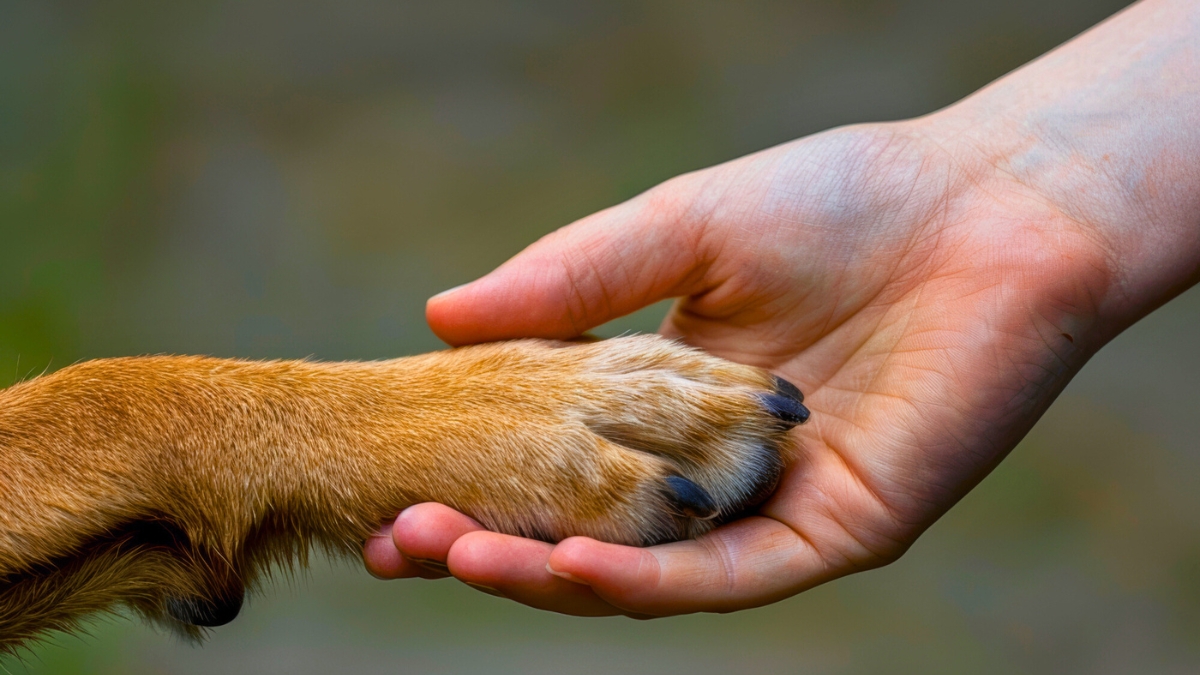Have you ever wondered what your dog would say if they could talk?
They wouldn’t just ask for treats—they’d have plenty to share about their needs, preferences, and emotions.
Understanding these things will help you improve their life and strengthen your bond.
Here are 30 things your dog wishes you knew to make them happier and healthier.
1. Just Letting Me Out in the Yard Isn’t Enough For Me
You might think letting your dog roam the backyard is enough to keep them entertained and exercised, but that’s far from ideal.
It’s not just about physical exercise; for dogs, walks are a vital experience that enriches their minds and bodies.
When they go outside, they encounter new smells, see other animals and people, and experience things they simply can’t find in the yard.
Here’s another problem: studies from the University of Liverpool show most walks last less than 20 minutes, which isn’t quite enough.
So, make an effort to take your dog out for walks beyond your yard and aim for longer strolls whenever possible.
Life can get busy, but trust me—your dog will thank you for the extra time exploring the world together.
2. I Prefer Blue and Yellow Toys
Did you know dogs don’t see colors the same way we do?
Contrary to the myth, they don’t see in black and white, but their color range is limited.
Dogs have dichromatic vision, meaning they primarily perceive blue and yellow.
This is because their eyes contain cells sensitive only to these wavelengths of light.
That means toys in red or green might blend into their surroundings, especially on grass.
So next time you’re picking out a new toy for your furry friend, think blue and yellow—they’ll find those colors much easier to see!
3. I Don’t Like Some Smells You Love
Your dog’s sense of smell is incredibly more advanced than ours.
Inside a dog’s nose are special structures called turbinates, which process scents.
If we could unfold that surface area in humans, it would be about the size of a postage stamp. In dogs? It’s closer to the size of a full sheet of paper!
With up to 300 million scent receptors (compared to our 5 million), dogs process smells 10,000 times better than we can.
So, while you might love certain scents, they can be overwhelming or even unpleasant for your dog.
Strong cleaning products, intense perfumes, or even fresh herbs might be too much for their sensitive noses.
Keep that in mind next time you use something fragrant around your pup!
4. I Actually Like Working For my Food
It might sound strange, but dogs love putting in a little effort to earn their meals.
Food-dispensing toys, like a KONG Wobbler, mimic the natural foraging experience dogs were built for.
Not only do these toys make mealtime more fun, but they also provide mental stimulation, reducing boredom and preventing destructive behaviors like excessive barking or chewing.
Snuffle mats are another great option. These mats let your dog sniff out hidden food, satisfying their instinct to explore and search.
Adding these activities to their routine can significantly improve their overall happiness and well-being.
5. I’d Rather Wear a Harness
Switching from a collar to a harness can make a big difference in your dog’s comfort and safety.
A harness helps prevent injuries to their neck and spine, which is especially important for small breeds, dogs with sensitive throats, or pups with existing health issues.
Unlike collars, which put all the pressure on their neck, a harness distributes the force evenly across their chest, making it a much gentler option during walks.
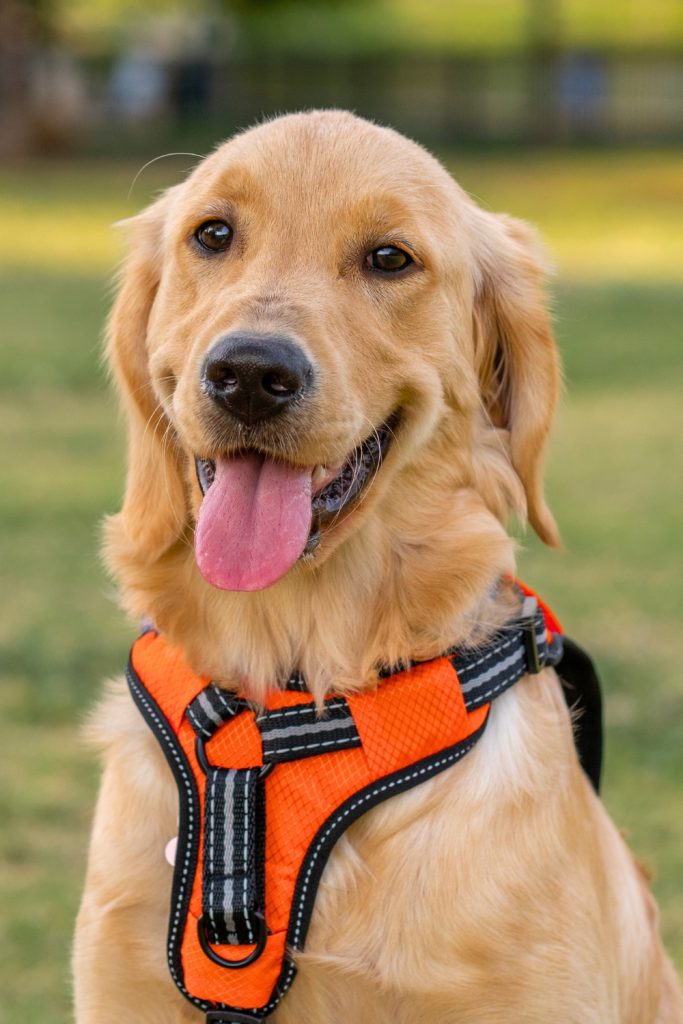
6. Please Remember, I’m a Dog
It’s essential to understand that dogs have instincts and behaviors unique to their species.
Things like chewing, sniffing, rolling in grass, and running around are all natural parts of being a dog.
If these needs aren’t met, your dog might become frustrated and develop destructive habits.
Make it a point to include activities in their routine that allow them to be their true dog selves.
7. Consider My Breed’s Specific Needs
Knowing the characteristics of your dog’s breed is key to meeting their physical and emotional needs.
Different breeds have different requirements. For example, a German Shepherd will need plenty of exercise, while a Siberian Husky might struggle in hot climates.
Take the time to research your dog’s breed and tailor their care to suit them best.
Also, familiarize yourself with any health issues commonly associated with their breed.
This will help you take preventive measures and have more informed conversations with your vet.
8. I Want to Explore New Places on our Walks
Walking your dog on the same route every day might be convenient, but imagine how much they’d enjoy discovering new places!
For dogs, walks are more than exercise—they’re a way to explore the world beyond your home.
Adding variety to their routine not only keeps things exciting but also improves their mental and emotional well-being.
Start small: take different streets in your neighborhood or explore a nearby park.
When you have more time, consider visiting a dog-friendly hiking trail or even a local café that welcomes pets.
Your dog will love the new experiences, and you’ll both benefit from the change of scenery.
9. I Don’t Really Like Being Petted on the Head
Even though petting a dog on the head might seem like a loving gesture, it’s actually not the best way to show affection.
In the dog world, this action can be perceived as a sign of dominance or even a threat.
Imagine if someone much bigger than you suddenly reached for the top of your head—it’d feel pretty intimidating, right?
Instead, try approaching your dog in a less direct way. Let them sniff your hand first, and once they’re comfortable, pet them in areas they actually enjoy, like the base of their neck, shoulders, chest, or under their chin.
10. I Love Having a Routine
Dogs thrive on routine.
Knowing when things like walks, meals, and playtime will happen gives them a sense of security and calm.
Routine doesn’t mean life has to be rigid, but having a basic daily structure helps your dog feel more in control.
Unlike us, dogs don’t decide when they eat or go outside—they rely entirely on you for these things.
So, sticking to a consistent schedule reassures them that their needs will always be met.
Even if your life gets hectic, maintaining these little routines can make a big difference in your dog’s happiness.
11. I Want You to Put Down Your Phone and Play with Me
Life gets busy, and it’s tempting to hand your dog a toy while you check emails or scroll on your phone.
But your pup values the time you spend playing with them way more than any toy.
Why not put your phone aside and give them your undivided attention? They’ll feel so much happier knowing you’re fully engaged.
Playing together doesn’t just make your dog happy—it strengthens your bond and can even help you destress.
So, grab that toy, get on the floor, and enjoy some quality time with your furry best friend.
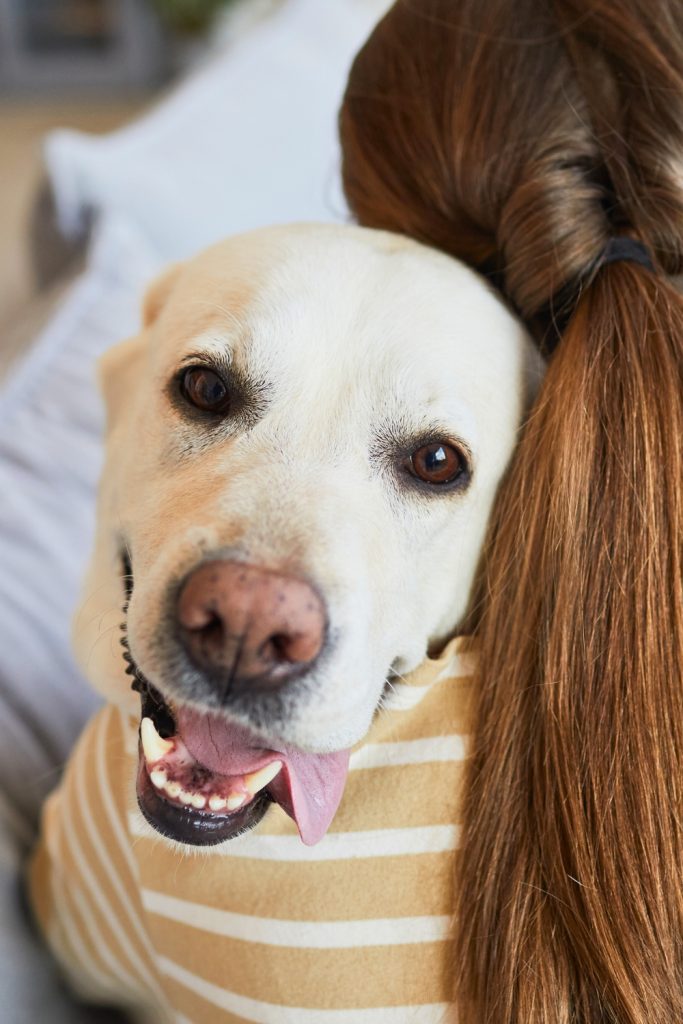
12. If I’m Acting Different or Hiding, I Might Not Feel Well
When dogs act out of character—hiding, avoiding contact, or behaving unusually—it’s often their way of saying something’s wrong.
Since they can’t tell you they’re in pain or feeling off, these behavior changes are important clues.
If your dog suddenly seems withdrawn or seeks isolation, take it seriously.
They could be dealing with physical pain, discomfort, or even stress.
In situations like this, don’t wait—schedule a vet visit to rule out any health issues and ensure they’re well cared for.
13. I Love It When You Talk to Me
Dogs are incredibly attuned to human voices.
They can pick up on the emotions in your tone and even recognize certain words.
A study from the University of Bari showed that dogs can distinguish between joyful and sad sounds in our vocalizations, adjusting their behavior accordingly.
So, when you talk to your dog in a warm, loving tone, they genuinely feel that positive energy.
Talking to your dog is more than just cute—it’s a great way to deepen your emotional connection and make them feel loved and valued.
14. Please Be Clear When You Talk to Me
Dogs don’t understand human language the way we do, so clear and consistent commands are key to good communication.
If you use different phrases for the same command—like yelling “Stop it!” one day and “Quiet down!” the next—you’re just confusing your dog.
Pick one word or phrase for each command and stick with it.
For instance, use “Quiet” to stop barking or “Down” for lying down, and don’t mix them up with other cues.
Consistency makes it so much easier for your dog to understand what you want.
They don’t speak human, so let’s make it simple for them!
15. I Can’t Handle Heat the Way You Do
Hot weather can be dangerous for your dog, especially their sensitive paws.
Did you know that when the air temperature is around 86°F, asphalt can heat up to a scorching 140°F?
That’s hot enough to burn your dog’s paws in just a minute.
Here’s a quick test: press your hand on the ground for five seconds.
If it’s too hot for you, it’s too hot for your dog.
Try walking early in the morning or later in the evening when the pavement is cooler.
And always bring water along—dogs dehydrate faster than we do, especially when they’re running around in the sun.
A collapsible bowl and frequent breaks can prevent overheating and keep your pup safe.
16. I Don’t Know What I Did Wrong, and I’m Not Trying to Be Bad
Dogs don’t act out of malice. If they chew something or have an accident inside, it’s not because they’re trying to upset you.
When a dog shows submissive behaviors—like lowering their head or hiding after you scold them—it’s not because they feel guilty. They’re just responding to your tone and body language.
They don’t connect your anger to their earlier actions.
Instead of punishing them, focus on teaching them what you do want them to do.
Positive reinforcement works wonders, and your dog will learn faster in a supportive environment.
17. I Need Time to Relax After a Bad Interaction
Not all dog encounters during walks are pleasant.
If your pup just had a tense or overly exciting interaction with another dog, it’s important to give them time to cool off.
This is called a “calming break.” After an intense moment, pause for a bit to let your dog’s adrenaline levels settle.
Don’t rush into the next interaction or keep walking immediately. Just stand still and let them decompress.
Taking these breaks teaches your dog to manage their emotions and prevents stress from building up.
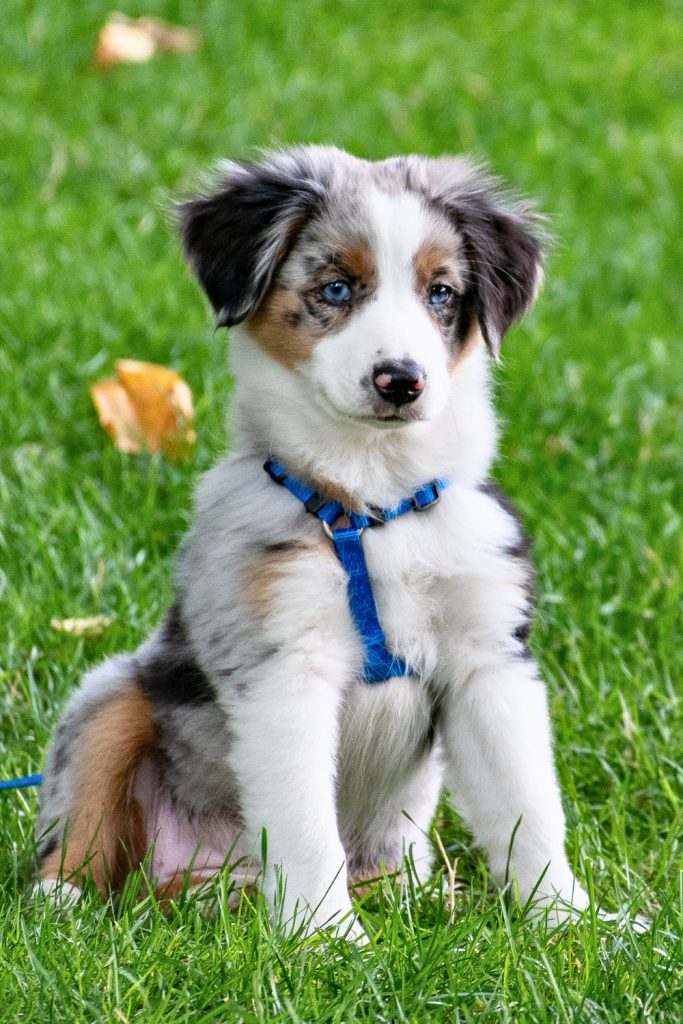
18. Sometimes I Get Bored at Home
Dogs spend a lot of time at home, and without proper stimulation, boredom can become a real issue.
Sure, they sleep a lot during the day, but they also need activities to keep their minds and bodies engaged.
A bored dog might resort to destructive behaviors like chewing furniture or excessive barking, not out of spite but because they’re under-stimulated.
Providing toys, puzzles, or even a safe spot by a window to watch the world go by can make a big difference in keeping your dog happy and entertained.
19. Keeping Me Entertained Is Easier Than You Think
Keeping a dog entertained is easier than it seems.
Interactive toys that challenge your dog to solve little puzzles for rewards are a great option.
Snuffle mats are another fun choice—they stimulate your dog’s sense of smell as they hunt for hidden treats in the fabric folds.
You can also hide small bits of food around the house for your dog to find, turning snack time into a fun scavenger hunt.
And if you have the space and the right circumstances, the company of another dog can be a fantastic way to keep your pup active and happy.
20. If I Yawn, It Doesn’t Always Mean I’m Tired
When you see your dog yawning, your first thought might be that they’re tired, but that’s not always the case.
Dogs often yawn in response to their owners yawning, which suggests an act of empathy.
Yawning can also be a signal of stress in certain situations, according to research from the University of Pisa.
Turid Rugaas, a well-known canine behavior expert, explains that dogs use yawning as a way to calm themselves when feeling anxious.
Another subtle stress signal to watch for is when your dog licks their lips or nose repeatedly, especially when there’s no food around.
Paying attention to these signs can help you recognize when your dog is stressed. And guess what? They can sense when you’re stressed too!
21. I Can Sense Your Stress and Anxiety
Dogs can pick up on your stress and anxiety through scent.
A recent study from the UK showed that dogs can detect stress in humans by smelling the cortisol in our sweat.
Even more fascinating, the stress they detect can influence their behavior, making them more likely to make pessimistic decisions.
In the experiment, dogs were exposed to cloths soaked in human sweat from stressful situations, and researchers observed how it altered the dogs’ emotional state.
Simply put, when your stress levels spike, your dog can sense it—and it affects how they see the world around them.
22. I Need to Sniff More During Walks
Letting your dog explore with their nose isn’t just fun for them—it’s crucial for reducing stress and keeping them engaged.
Sniffing during walks is like mental exercise for your dog, satisfying their curiosity and stimulating their mind.
In fact, sniffing can be just as important as physical exercise.
That’s why it’s essential to find the right balance between walking and letting them sniff.
Make sure to dedicate 10 to 15 minutes of every walk to letting your dog explore through sniffing. This simple adjustment can make a huge difference in how your dog experiences their outings.
It’s not always about how far you walk; it’s about letting them enjoy the journey through their nose.
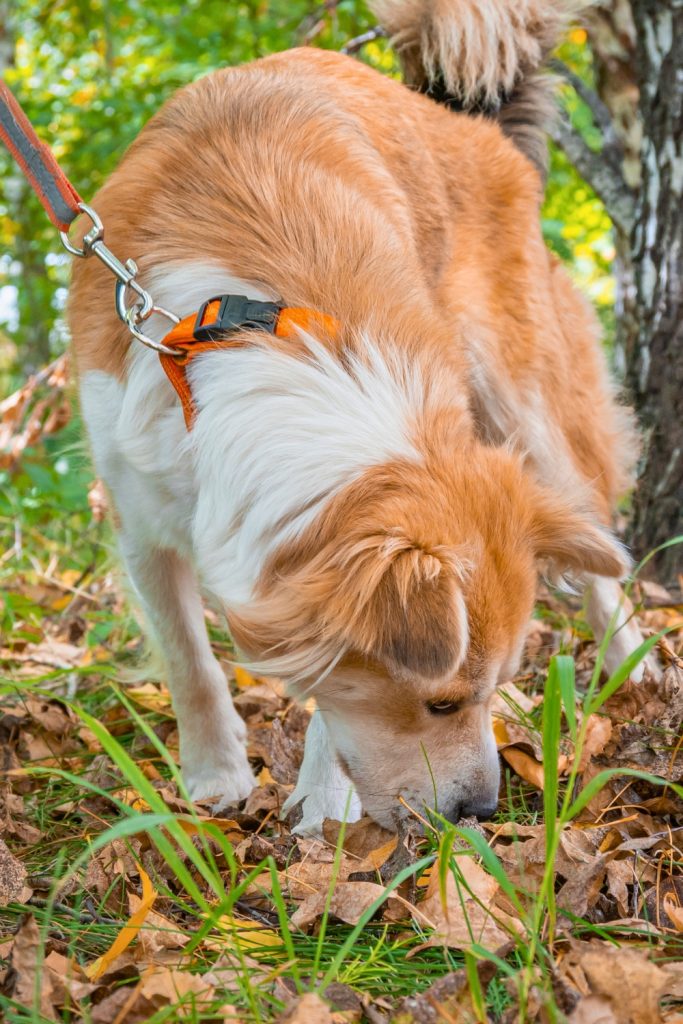
23. I Like Sniffing Other Dogs’ Butts
Let’s talk about a behavior that might seem odd but is totally natural: sniffing other dogs’ butts.
For dogs, this isn’t just a quirky habit—it’s their way of communicating and socializing.
From an early age, interacting this way helps dogs feel more at ease and friendly with other dogs.
When they sniff, they’re gathering essential information about the other dog, like age, mood, and health. It’s like exchanging business cards in the dog world!
24. I Don’t Like Being Taught Through Punishment
Teaching your dog through punishment isn’t the most effective—or kindest—way to train them.
Dogs respond much better to positive reinforcement. Instead of punishing bad behavior, focus on rewarding good behavior with treats, praise, and affection.
This approach makes training more enjoyable and strengthens your bond with your dog.
25. My Life Is Shorter Than Yours
Dogs live much shorter lives than we do, typically between 7 and 15 years.
This means it’s crucial to make the most of the time you have together.
Your dog depends on you to make their life full of love, care, and happy memories.
Be there for them during the good times and the challenging ones, especially as they age or face health issues.
Cherishing every moment ensures that your time together is filled with joy and leaves no room for regrets.
26. I Need to Socialize with Other Dogs
Regular socialization with other dogs is key to your pup’s emotional and behavioral well-being.
Interacting with other dogs helps them learn proper social cues, improves communication, and prevents fear or aggression.
While this is especially important during puppyhood, maintaining these interactions throughout their life keeps them emotionally and socially balanced.
A well-socialized dog is a happy dog.
27. Don’t Get Me Riled Up Before You Leave
If you make a big deal out of leaving the house, it can increase your dog’s anxiety.
Dramatic goodbyes might lead to destructive behavior while you’re gone.
Instead, keep your departures calm and low-key.
If you want to give them extra attention, do it a little while before you leave so they don’t associate your departure with excitement.
Leaving the house calmly helps your dog stay relaxed and reduces separation anxiety.
28. You’re My Whole World
For your dog, you are their everything—their source of love, security, and companionship.
This responsibility goes beyond feeding and vet visits; it’s about giving them quality time and affection.
Dogs are deeply social animals, and they thrive on the bond they share with their owners.
Making them feel included in your life is one of the best ways to ensure their emotional and physical well-being.
29. I Need You to Teach Me What’s Right and What’s Wrong
Dogs don’t automatically know how to behave in a human environment—they need guidance.
Without proper training, they won’t instinctively understand that chewing furniture or barking at night isn’t acceptable.
Spending time teaching your dog through positive reinforcement methods is key to helping them adapt.
This approach helps them learn how to behave in a way that aligns with your expectations.
30. I Hate Loud Noises
Dogs are incredibly sensitive to loud sounds, and these can cause them significant anxiety.
This fear might be triggered by the intensity of the noise or the suddenness of an unexpected sound.
To help your dog cope, create a safe space where they can feel protected from the noises that stress them out.
This could be a quiet room or a covered crate where they can retreat and calm down at their own pace.
Gradual desensitization techniques can also be effective in reducing their fear over time.
With these strategies, you can help your dog feel more secure even in noisy situations.

Understanding your dog’s needs and behaviors can strengthen your bond and improve their well-being.
Dogs communicate in subtle ways, and by recognizing these signals, you can make their life happier and stress-free.
From giving them space when they need it to reinforcing good behavior, every small action counts. Cherish the time you have with your furry friend, because for them, you are their whole world.
By providing love, patience, and proper care, you’ll build a relationship based on trust and companionship that lasts a lifetime.
Bibliography:
- https://www.kinship.com/dog-lifestyle/what-colors-do-dogs-see
- https://www.canadavet.com/blog/are-dogs-actually-color-blind
- https://www.nature.com/articles/s41598-017-18417-4
- http://en.turid-rugaas.no/calming-signals—the-art-of-survival.html
- https://www.nature.com/articles/s41598-024-66147-1
- https://pmc.ncbi.nlm.nih.gov/articles/PMC4672279/
- https://www.rd.com/list/what-dogs-want/
